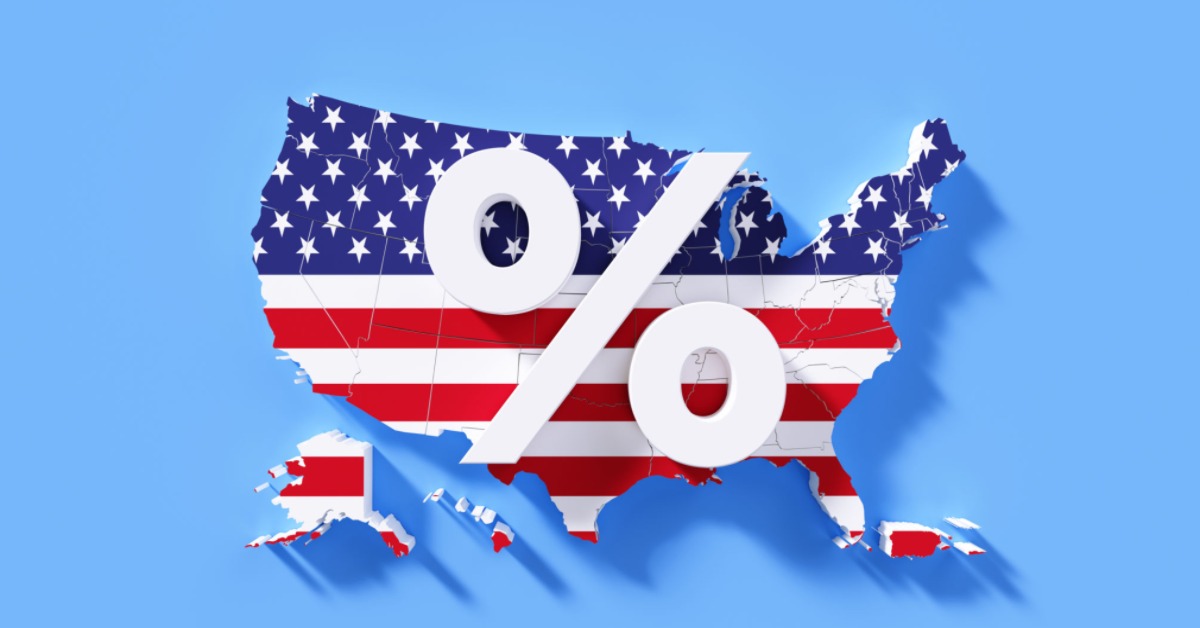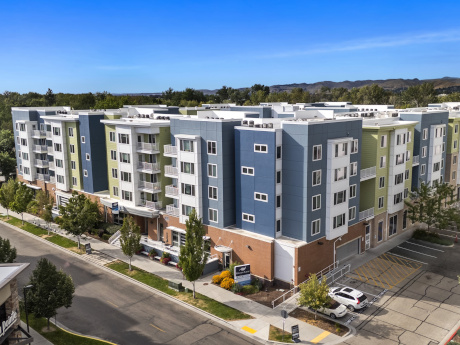A
re you dreaming of owning a home but worried about mortgage rates? You're not alone! Knowing where to find the best deals can make all the difference. As of July 25, 2025, the states with the cheapest 30-year new purchase mortgage rates are New York, California, Pennsylvania, Massachusetts, New Jersey, Washington, and North Carolina, with rate averages ranging from 6.72% to 6.86%. Let's explore what drives these rates.
Why do mortgage rates vary by state? Several factors contribute to these differences:
Lender presence: Not all lenders operate in every state, prioritizing specific regions due to existing infrastructure or market strategies.
Credit score averages: States with higher average credit scores may see slightly lower rates overall, as lenders perceive less risk.
Average loan size: The size of the average mortgage in a state can affect rates. For example, states with higher property values tend to have larger loan sizes.
State regulations: Mortgage lending is regulated at both federal and state levels. Some states may have more stringent requirements or consumer protection laws, influencing lender behavior and rates.
Today's snapshot shows that the national average for a 30-year fixed-rate mortgage is around 6.89%. According to Investopedia's report and Zillow's data, here are the states with the lowest and highest rates as of July 25:
States with Lowest 30-Year Mortgage Rates
State | Rate
New York | 6.72%
California | 6.78%
Pennsylvania | 6.80%
Massachusetts | 6.82%
New Jersey | 6.84%
Washington | 6.85%
North Carolina | 6.86%
States with Highest 30-Year Mortgage Rates
State | Rate
Alaska | 6.94%
West Virginia | 6.95%
Mississippi | 6.96%
Washington, D.C. | 6.97%
Kentucky | 6.98%
Iowa | 6.99%
Kansas | 7.00%
South Carolina | 7.00%
Wyoming | 7.01%
Keep in mind that even within a state, rates can vary significantly depending on the lender and your individual financial situation. Always shop around!
Don't be fooled by "teaser" rates: these are often low introductory rates with higher long-term costs. Watch out for points, credit score requirements, loan size limitations, and hypothetical borrower assumptions.
The Federal Reserve plays a significant role in setting mortgage rates. Recent Fed actions include three rate cuts in late 2024, bringing the federal funds rate down to 4.25%-4.5%. Further cuts are expected in the coming years, with a median projection of 3.9% by the end of 2025.
Other factors to consider when securing the best deal:
Your credit score: A higher credit score can qualify you for lower interest rates.
Your down payment: A larger down payment reduces the amount borrowed and signals to lenders that you're a lower-risk borrower.
Your debt-to-income ratio (DTI): Lenders will look at how much of your monthly income goes toward debt payments. A lower DTI is generally more favorable.
The type of loan: Different types of loans come with different rates and requirements.
Shop around, get quotes from multiple lenders, and don't be afraid to negotiate. Even a small difference in interest rate can save you thousands of dollars over the life of the loan.
While the 30-year fixed-rate mortgage is popular, it's not the only option. Other loan types include FHA 30-Year Fixed, 15-Year Fixed, Jumbo 30-Year Fixed, and 5/6 ARM (Adjustable-Rate Mortgage). Calculate your mortgage payments using a calculator to see how different rates affect your monthly costs.
Buying a home is one of the biggest financial decisions you'll ever make. By understanding mortgage rates today, you can make smarter and more informed decisions. Keep shopping!














